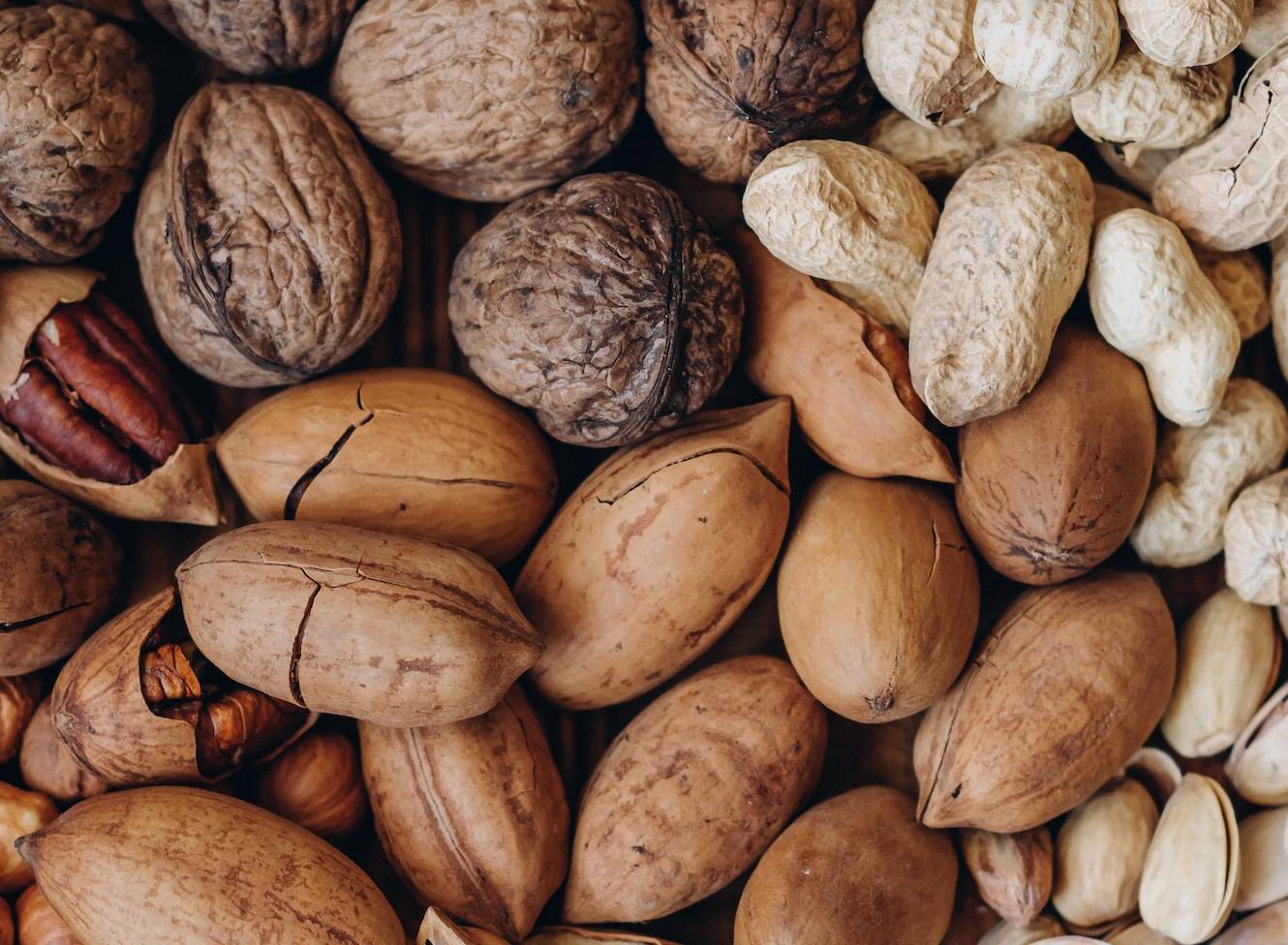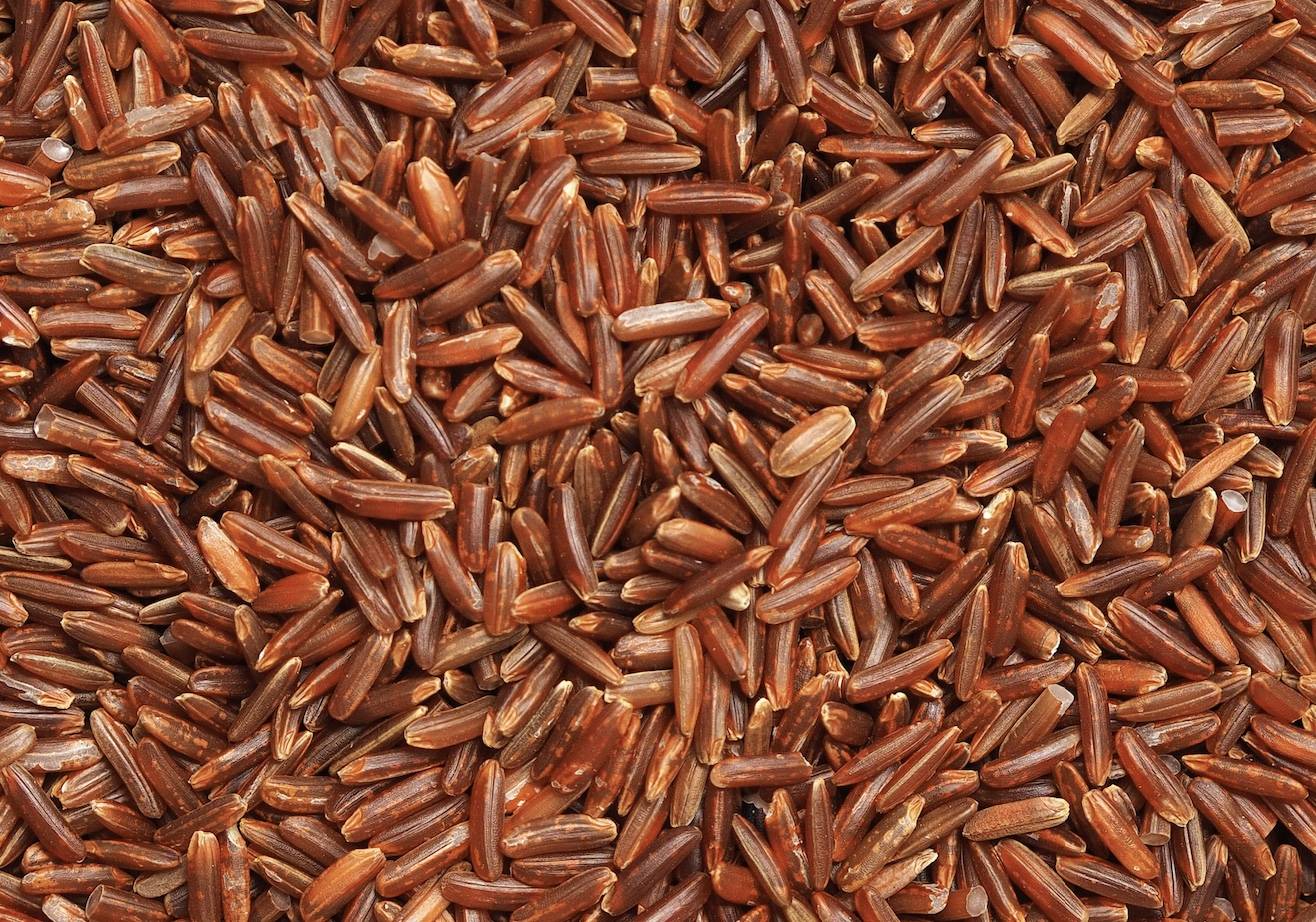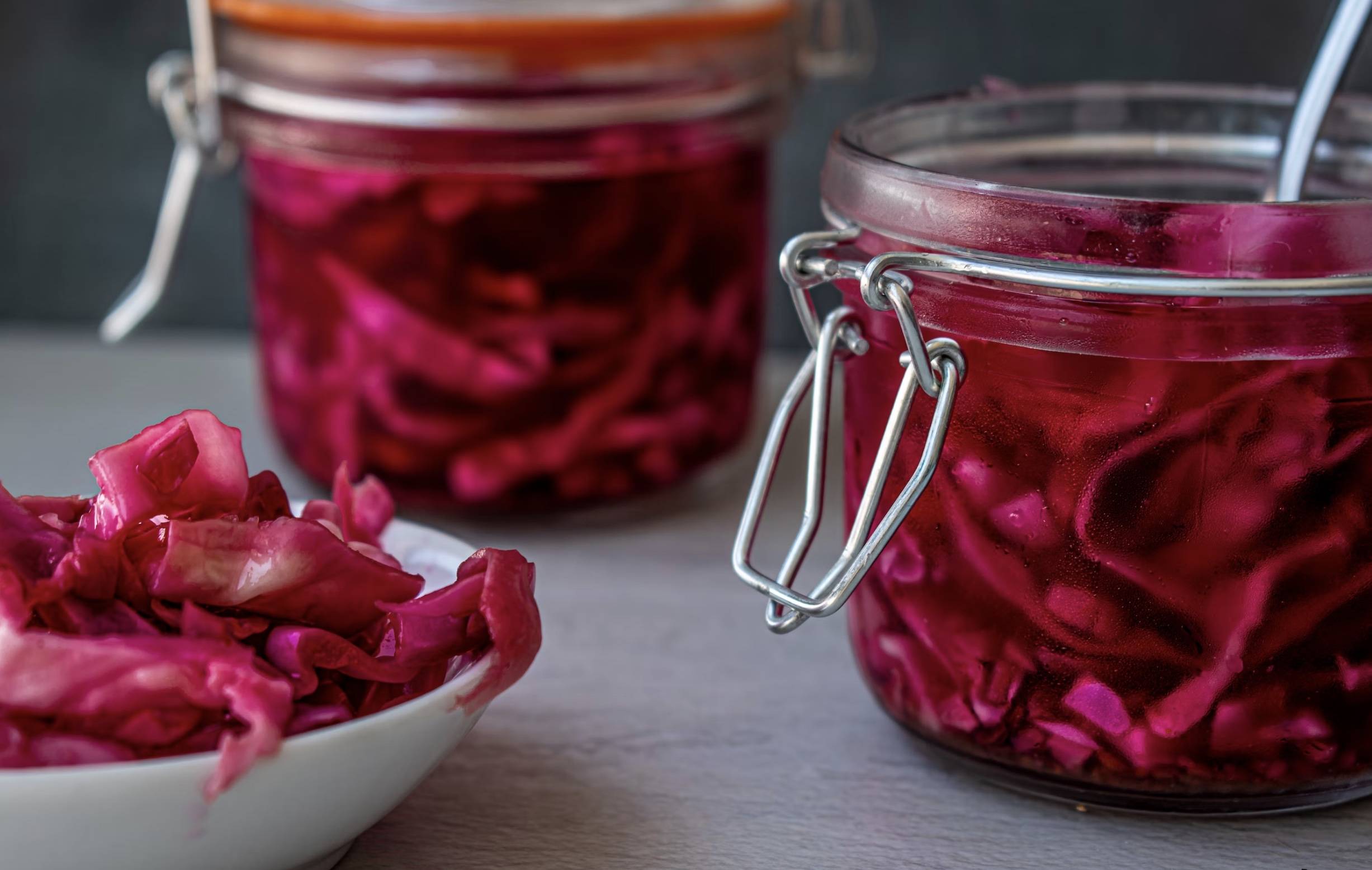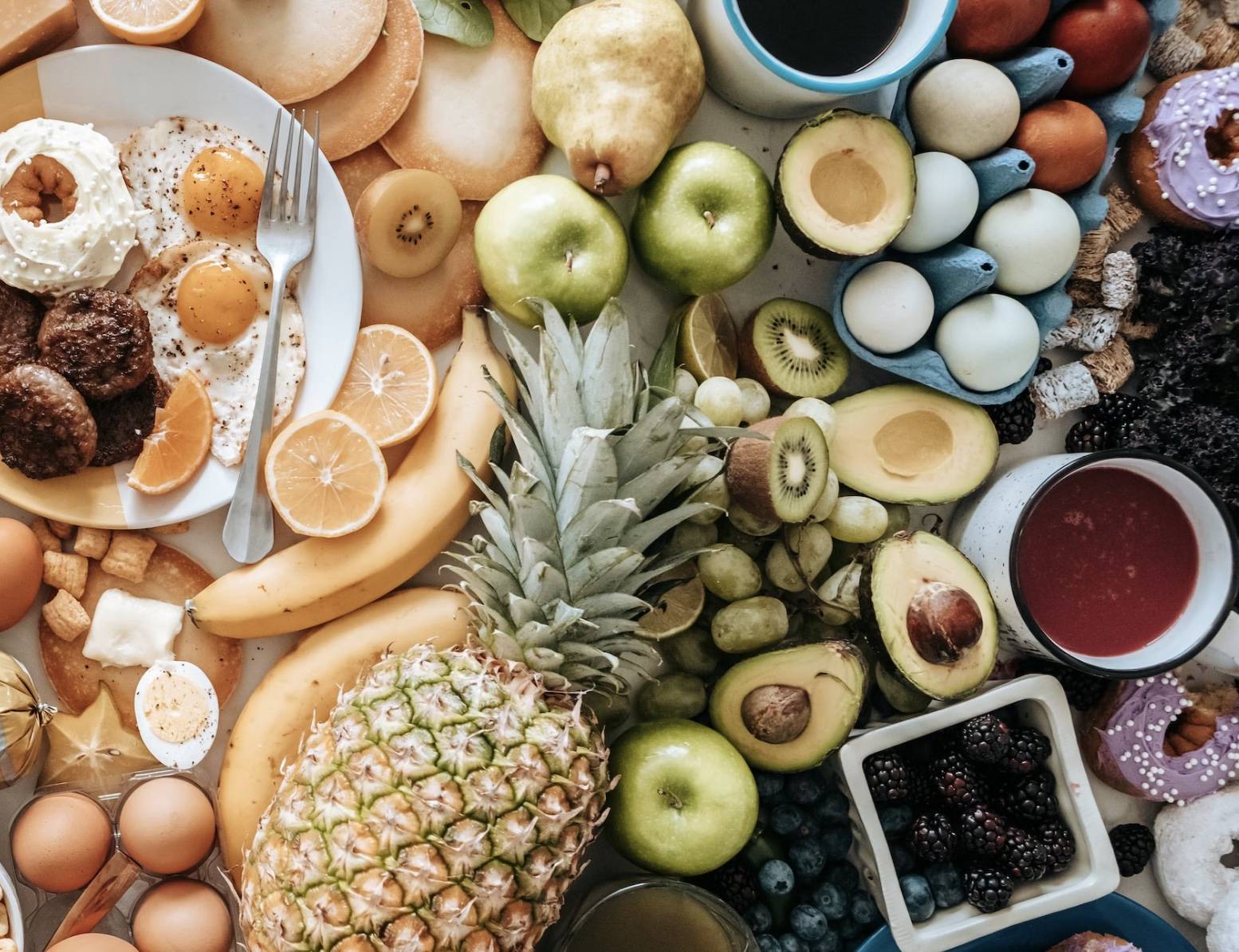
Is It Safe To Eat Phytic Acid
Phytic acid in grains, nuts, seeds and beans can pose a significant issue for our dietary intake.
Our focus on quantity over quality has led to health problems.
Our modern way of eating has deviated from our ancestral heritage and characterized by a carbohydrate and sugar heavy diet.
And now phytic levels may be a concern.
What is it?
Phytic acid is part of the anti-nutrient family that includes Oxalates, Tannins and Lectins. It’s the storage form of phosphorus found in seeds, grains, brans and legumes. The compound prevents our bodies to absorb essential nutrients by binding to them (chelating). Minerals such as Iron, Zinc, Calcium, Copper, Manganese and Magnesium are susceptible with Zinc being the most prone. (1)
Food doesn’t only dictate phytic levels.
Studies show foods grown using modern high-phosphate fertilizers versus natural compost have higher phytic levels. (1)
Phytic acid tends to be more soluble in acidic environments thus why fermentation is one method used to reduce its levels.
Phytic Acid Benefits:
Other people tend to demonize anti-nutrients as an all or nothing choice. People can benefit with reduced anti-nutrients. You don’t need to eliminate it completely.
We are going to show you how to minimize their effects.
On the positive side, studies show it may reduce the risk of colon cancer and protect against oxidative damage and insulin resistance. These studies are fairly new and probably needs more time for extensive research.

Foods High in Phytic Acid
Phytic acid concentrates mostly in the seed’s husk, the hard shell surrounding the seed. Whole wheat flour and brown rice are great examples with the husk still intact.
Phytic Levels in mg per 100 grams of dry weight
Brazil Nuts - 1,719mg
Cocoa Powder - 1,684
Brown Rice - 1,250
Oat Flakes - 1,174
Almonds - 1,138
Walnuts - 982
Peanuts, Roasted - 952
Lentils - 779
Hazel Nuts - 648
Refried Beans - 622
Corn tortillas - 448
Corn - 367
White flour - 258
White Rice - 12
Strawberries - 12
For those who enjoy bread, sourdough bread is recommended as the fermentation process helps degrade antinutrients in grains.

How to get rid of Phytic Acid
Ancient cultures used to process phytic acid-rich foods meticulously to lower their levels. They would seldom consume the seeds or whole grains in their natural state.
What’s intriguing is that cultures across the globe, despite being geographically distant, employed similar techniques to reduce phytic acid levels in their food before consumption.
The techniques fall under the following categories:
1. Sprouting
2. Roasting
3. Fermentation
4. Cooking
5. Soaking
6. Germination
Case studies show only doing one technique is not sufficient to decrease phytic levels drastically, it involves at least two.
Below are the few foods we found where scientific studies were conducted to determine phytic acid levels after processing.
Legumes/Nuts (2)
Peanuts - Soak & Germinate: 25% reduction
Chickpeas - Soak & Germinate: 40% reduction
Lentils - Soak & Germinate: 50% reduction
Black Eyed Beans - Soak & Germinate: 75% reduction (5 days sprouting)
Flours/Grains (2)
Wheat, Barely - Roasting: 40% reduction
Wheat & Barely - Soak & Germinate: 57% reduction
Wheat Flour - Fermentation (Sourdough): 60% reduction from fermentation at 4 hours at 92 degrees.
Bran - Fermentation (Sourdough): 55% reduction from fermentation at 8 hours at 92 degrees.
Whole Wheat - Fermentation (Sourdough): 92% reduction from fermentation at 8 hours at 92 degrees.
Millet - Soak & Germinate: 24% reduction after 72 hours and 45% after 96 hours
It seems for nuts and legumes, soaking and germinating is the way to go. Maybe a good assumption for all seeds.
Vitamin A to the Rescue
Research published in 2000 indicates that both vitamin A and beta-carotene form a complex with iron, keeping it soluble and preventing it to bind with phytates. Thus allowing the body to absorb the mineral. (3)
A 100 person study examined the impact of vitamin A and beta-carotene on iron absorption from corn, wheat, and rice. (4)
The results showed that the presence of vitamin A increased iron absorption by a factor of three for rice, 2.4 times for wheat, and 1.8 times for corn. (4)
Similarly, beta-carotene increased absorption nearly threefold, indicating that both substances were effective in counteracting the inhibitory effects of phytates on iron absorption. (4)
It’s a good reason to combine a phytate rich food with organ meat and animal fats rich in vitamin A and fruits and vegetables rich in carotenes.
Unfortunately we couldn’t find anything that would prevent Zinc or other essential minerals to be absorbed.
Phytase - The magic enzyme
Phytase is an enzyme that neutralized phytic acids while freeing up the phosphorous. (5)
Most plant foods have high phytase levels which allows processes such as fermentation to lower phytic levels.
Ruminate animals, animals with multiple stomachs, have high phytase levels produced by microorganisms in their digestive systems.
Unfortunately, monogastric animals such as humans, don’t general produce high phytase levels. But there are unique examples, such as mice which has 30x more phytase than humans. (5)
Nevertheless, research indicates that individuals possessing a well-balanced gut microbiome tends to experience less difficulty when consuming foods rich in phytic acid.
From my perspective, this does not imply that one should intentionally maintain a high phytic acid intake, but rather serves as evidence that a robust microbiome can enhance resilience in coping with unhealthy dietary habits in the short run.

What is the Phytic Limit for a person?
There isn’t really a tried and true amount. Phytic research is new. One study did compare phytate levels by country and USA’s carb focused diet was the highest.
Amazingly, Italy and their love for pasta, has one of the lowest. (6) (2) But that may be contributed to their whole foods diet and GMO free farming practices. That’s for another article.
Phytic Levels Per Country in 2017 (mg/day)
UK / USA - 631 - 746mg
Finland - 370
Italy - 219
Sweden - 180
And if you compare the obesity rates, there seems to be a connection.
Obesity Rates in 2022
US - 36%
UK - 28%
Finland - 22%
Italy - 20%
Sweden - 21%
(source: https://data.worldobesity.org/)
How concerned should we be?
People on the SAD (Standard American Diet) probably needs to be more aware.
If you are eating a balanced diet and rotating your food, you are probably fine.
However, incorporating additional measures to minimize antinutrients is beneficial, as it can be effortlessly achieved by sautéing vegetables instead of consuming them raw. This simple step can have positive effects without any drawbacks.
And as for seed oils, yes, I will be staying away from them and a reason why I don’t eat out much.
Many strict carnivore diet advocates emphasize complete avoidance of antinutrients.
What they fail to mention is that these antinutrients primarily hinder the absorption of minerals from the food you are currently consuming. And not affecting the nutrients already present in your system.
They fail to say you can lower these anti-nutrients with the above methods discussed (soaking, sprouting, fermentation, etc.)
The all or nothing approach is self serving and usually is followed up with a pitch to buy their products.
Our ancestors were not purely carnivore. Dr. Weston Price (link to article?) in his travels showed that different cultures globally adopted a balanced diet focusing on whole foods coming from nutrient rich soil unlike today.
In the past, our predecessors didn't have the convenience of purchasing one pound of cashews as we do now; they had to invest hours in gathering the same amount.
As a result, consuming a handful of cashews each week versus the amount we eat nowadays, was not a concern.
No one talks about this…..
References
https://www.phytojournal.com/archives/2017/vol6issue6/PartV/6-6-208-319.pdf
(2) https://www.westonaprice.org/health-topics/vegetarianism-and-plant-foods/living-with-phytic-acid/#gsc.tab=0
(3) https://pubmed.ncbi.nlm.nih.gov/11347293/
(4) https://pubmed.ncbi.nlm.nih.gov/11347293/
(5) https://www.phytojournal.com/archives/2017/vol6issue6/PartV/6-6-208-319.pdf
(6) https://www.phytojournal.com/archives/2017/vol6issue6/PartV/6-6-208-319.pdf
